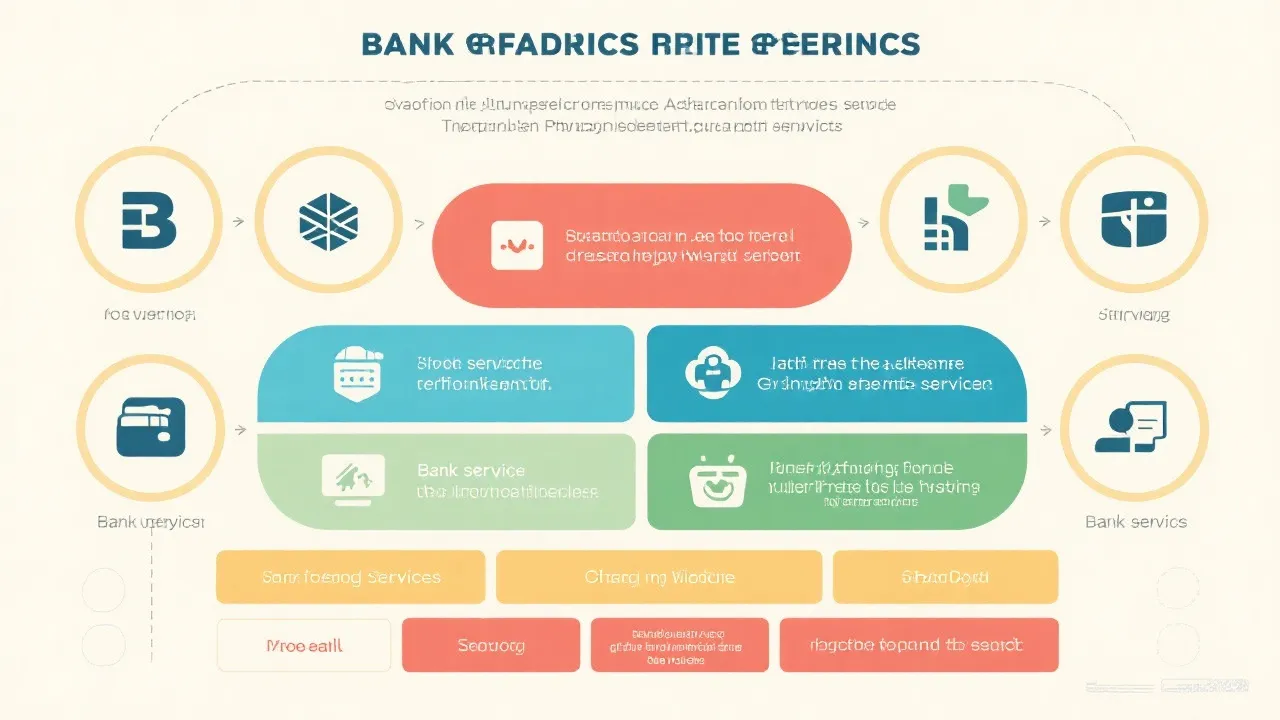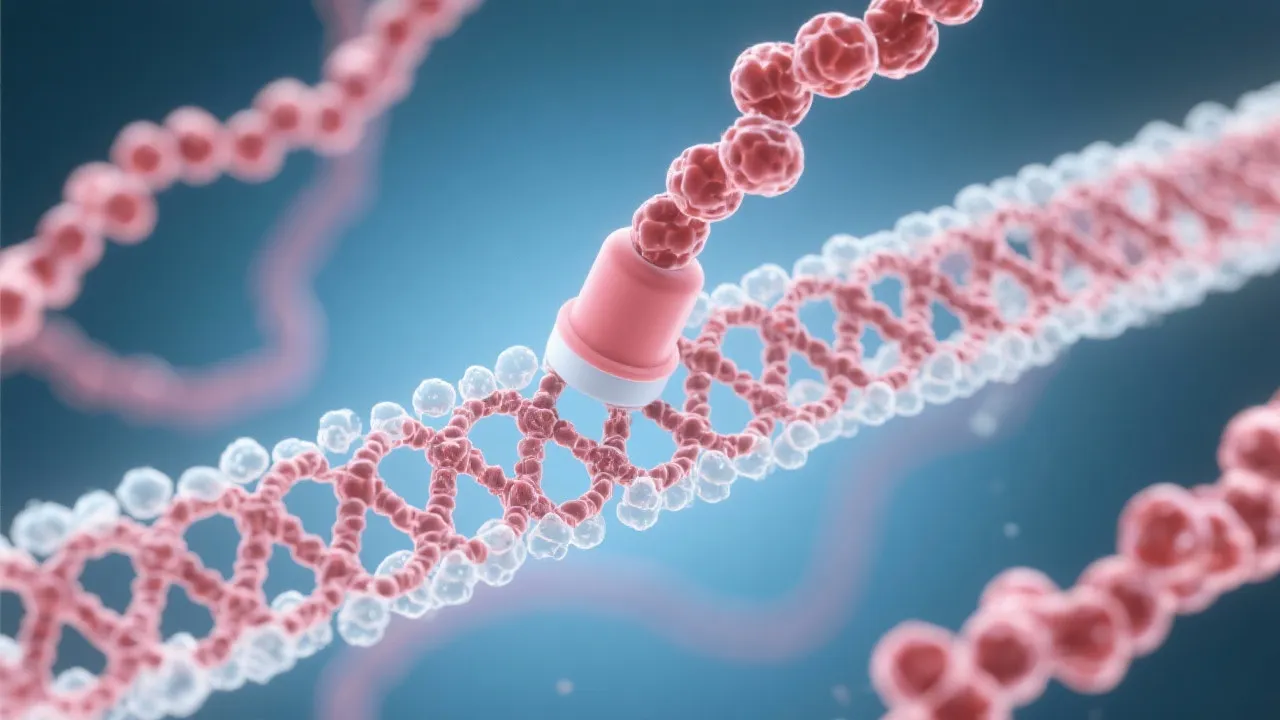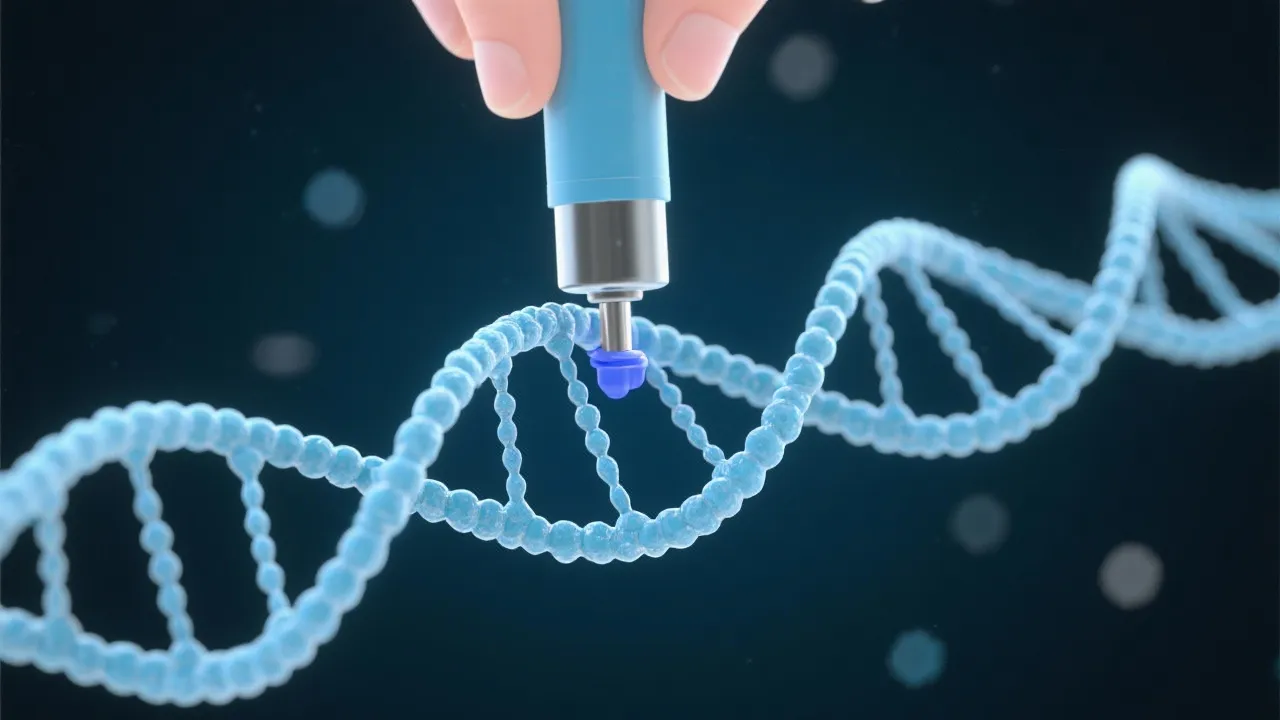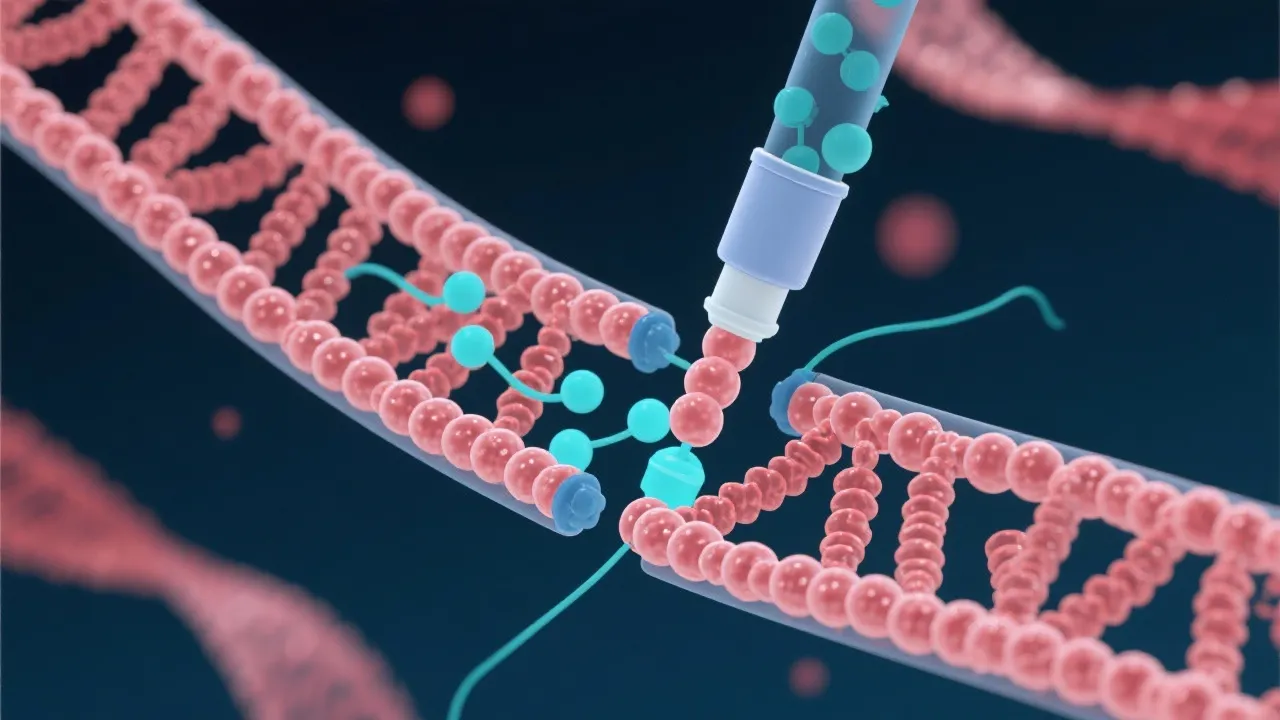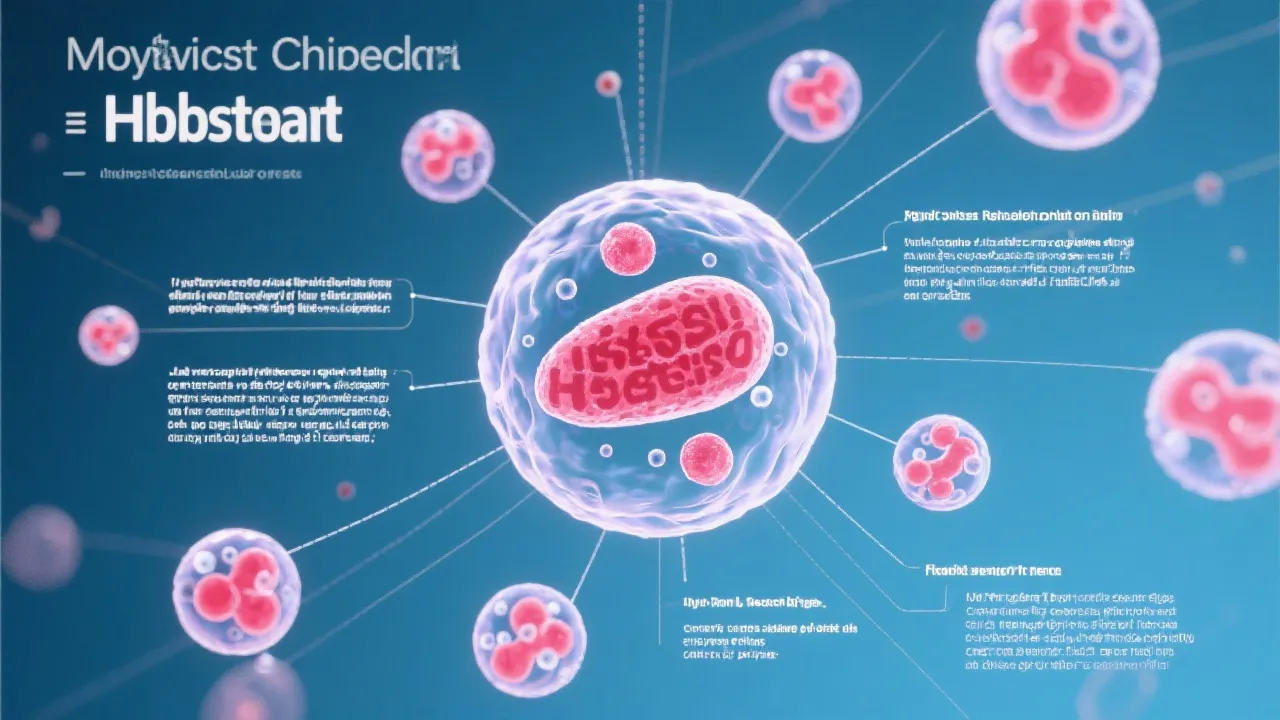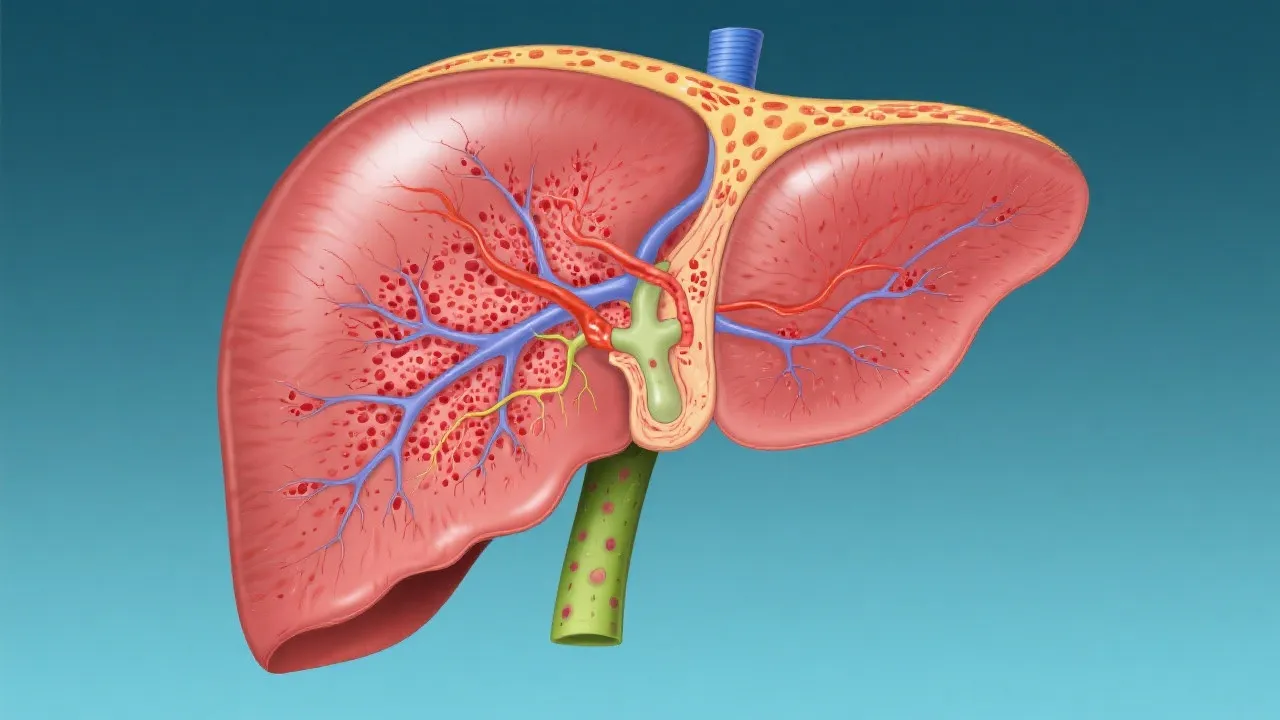Understanding mRNA Capping Process
mRNA capping is a vital cellular process that enhances mRNA stability and translation. This modification involves the addition of a modified guanine cap at the 5' end of a nascent mRNA molecule. The presence of this cap is crucial for mRNA to be efficiently recognized and translated by the ribosome. It plays a fundamental role in cellular expression and regulation, affecting genetic expression and stability throughout organisms.
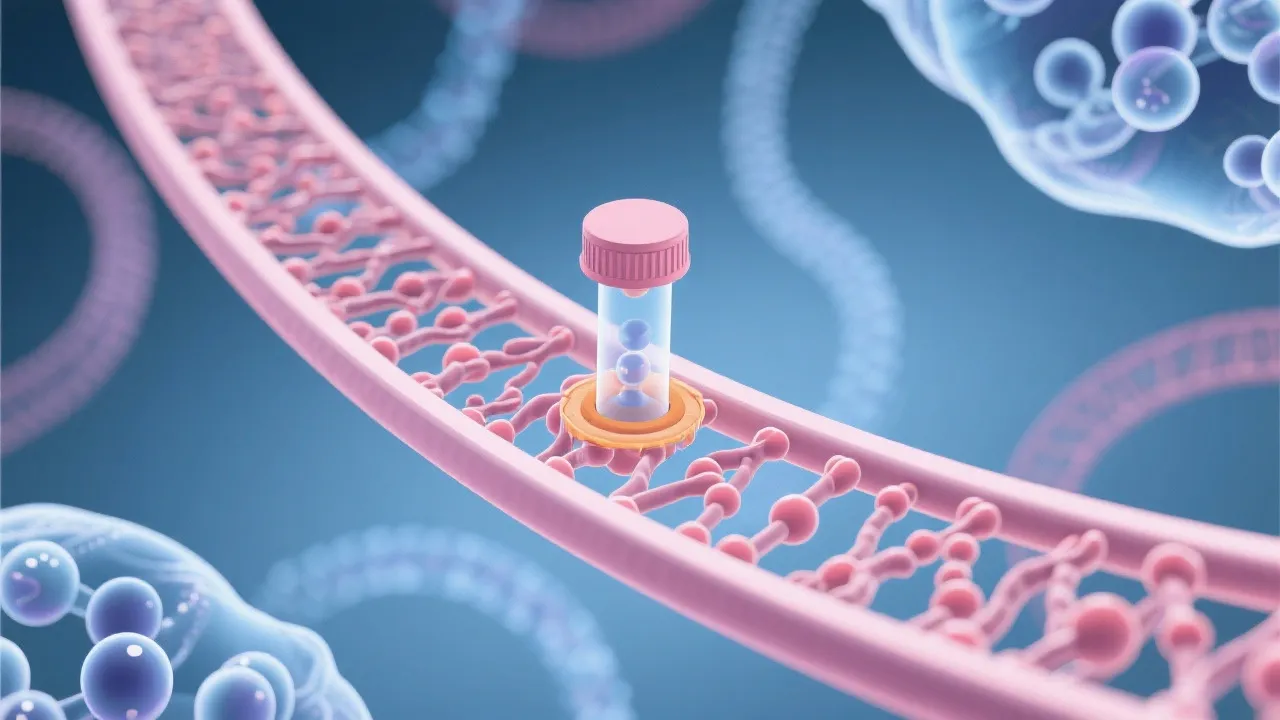
Introduction to mRNA Capping
mRNA capping is an essential biochemical process that occurs in the nuclei of eukaryotic cells, facilitating critical functions in mRNA stability, processing, and translation. This intricate modification begins with the synthesis of transcript by RNA polymerase II and serves as a unique hallmark distinguishing mRNA from other RNA forms inside the cell. The capping process not only marks a pivotal point in mRNA maturation but also sets the stage for the subsequent cellular events associated with mRNA functionality.
The significance of the mRNA cap is far-reaching, impacting not only the stability of the mRNA molecule but also its interaction with various cellular machinery. Understanding mRNA capping provides insight into the fundamental aspects of gene expression and regulation, with implications across fields including molecular biology, genetics, and therapeutic development.
The Importance of mRNA Capping
The addition of a 5’ cap on the mRNA is not merely decorative; it plays a multifaceted role. Primarily, it protects mRNA from rapid exonucleolytic degradation, a defense against cellular enzymes that could dismantle genetic information prematurely. The presence of the cap structure mitigates the risk of hydrolytic degradation that would otherwise degrade RNA molecules before they can be translated into proteins.
Additionally, the cap is instrumental in ribosome detection, ensuring the mRNA is effectively translated into a protein. The ribosome recognizes the cap structure, which is a crucial step in the initiation of translation. This recognition is facilitated by cap-binding proteins, creating a bridge between the mRNA and the ribosomal machinery, and enhancing the efficiency of protein synthesis. Without the cap, mRNAs are typically unstable and not efficiently translated.
Moreover, the cap structure assists in mRNA export from the nucleus to the cytoplasm, a critical step for subsequent protein synthesis. This export is mediated by nuclear transport proteins that recognize the cap structure, signifying the mRNA’s preparedness for translation. Hence, mRNA capping is fundamental not only for the life cycle of the mRNA but also for the overall protein expression within the cell.
Mechanism of mRNA Capping
The mRNA capping process is a multi-step enzymatic reaction that encapsulates the overall complexity and precision of gene expression regulation. Initially, the gamma phosphate of the nascent RNA is removed by an RNA triphosphatase enzyme. This step is pivotal, as the removal of the gamma phosphate prepares the growing RNA chain for the addition of the guanosine moiety.
This step is critically paired with the presence of RNA polymerase II, which not only synthesizes the mRNA but also facilitates numerous capping-related interactions. Following the dephosphorylation, the addition of a GMP moiety occurs through the action of a guanylyltransferase enzyme. This enzyme catalyzes the transfer of GMP to the 5’ end of the RNA molecule, creating an unusual 5’ to 5’ triphosphate linkage, which is vital for the stability and functionality of the cap structure. This unique linkage distinguishes mRNA caps from other nucleotide modifications and is essential for cellular recognition processes.
Finally, this guanylated cap undergoes methylation at the N7 position by a methyltransferase enzyme. The methylation adds an additional layer of stability and functionality to the cap structure, conferring the characteristic m7G cap that is crucial for interactions with ribosomes and various protein factors involved in translation. The methylation status can also influence the stability of the mRNA molecule and is involved in the regulation of its translational efficiency.
Biological Significance
Functionally, mRNA capping is crucial for multiple aspects of mRNA metabolism. The cap structure interacts with cap-binding proteins, such as eIF4E, enhancing translation initiation. This interaction exemplifies the nuanced relationships between different cellular components, showcasing how a singular modification at the RNA level can influence overarching cellular processes.
In addition to its roles in translation, the capping structure also marks the mRNA as 'mature', promoting proper splicing, polyadenylation, and nuclear export. These processes are interlinked; for example, during splicing, the presence of the cap can influence splice site selection, ensuring that introns are removed and exons are joined correctly. Furthermore, proper polyadenylation -- the addition of a poly(A) tail -- is also regulated by the presence of the cap structure, which influences transcript stability and transport.
The cap structure also plays a role in regulating the mRNA’s half-life in the cytoplasm. Capped mRNA molecules are typically more stable and less susceptible to degradation by exoribonucleases, enhancing their availability for translation. Consequently, proper capping is important for the overall homeostasis of gene expression, as it helps maintain the delicate balance required for appropriate cellular function.
FAQs
What is the primary function of mRNA capping?
The primary purpose of mRNA capping is to protect mRNA from degradation, assist in ribosome recognition for translation, and facilitate nuclear export of the mRNA. This multifaceted role highlights the importance of the cap in regulating gene expression.
How does the capping process affect gene expression?
By stabilizing the mRNA and enhancing its translational efficiency, the capping process directly influences the expression levels of genes, regulating protein synthesis. A lack of proper capping can lead to decreased protein production, which could impact cellular functions and development.
Are there diseases associated with defects in mRNA capping?
Yes, defects in mRNA capping can lead to improper gene expression and have been linked to various genetic disorders and diseases, including certain auto-inflammatory conditions. These defects can disrupt the normal balance of proteins expressed in cells, leading to pathological conditions.
How does mRNA capping interact with other post-transcriptional modifications?
mRNA capping interacts intricately with other post-transcriptional modifications such as splicing and polyadenylation. The cap structure can provide signals for the spliceosome to accurately recognize splice sites, and it also facilitates polyadenylation by recruiting the necessary enzymatic machinery to add the poly(A) tail.
Comparative Analysis of Enzymatic Steps in mRNA Capping
| Step | Enzyme Involved | Role | Importance |
|---|---|---|---|
| Dephosphorylation | RNA Triphosphatase | Removes gamma phosphate group | This step initiates the capping process by preparing the RNA for GMP addition, crucial for stability. |
| Guanosine Addition | Guanylyltransferase | Adds GMP to RNA | The creation of the 5’ to 5’ triphosphate linkage is vital for recognizing mature mRNA. |
| Methylation | Methyltransferase | Methylates guanine cap | Methylation is key for mRNA stability and interaction with translation machinery. |
| Translation Initiation | eIF4E, eIF4G | Involved in recruiting ribosome to mRNA | Influences the efficiency of protein synthesis and cellular responses. |
| Nuclear Export | Exportin 5 | Facilitates transport of mRNA to the cytoplasm | Ensures that the mature mRNA is available for translation in the cytoplasm. |
Recent Advances in mRNA Capping Research
Emerging research has highlighted the intricate mechanisms regulating mRNA capping and its broader implications in cellular biology and medicine. One of the key areas of interest is the understanding of cap analogs, which can serve as important tools in the development of therapeutic strategies, especially in the realm of vaccine development and mRNA-based therapeutics.
For example, modifications to cap structures can enhance the stability, translation efficiency, and immunogenicity of mRNA vaccines. Cap analogs such as the 7-methylguanylate cap have been utilized in some therapeutic applications to improve the efficacy and duration of action of mRNA-based products. This innovation demonstrates how the fundamental understanding of mRNA capping can translate into practical solutions for real-world health challenges, particularly in rapid response scenarios like pandemics.
Moreover, advancements in high-throughput sequencing techniques have provided deeper insights into the dynamics of mRNA capping across different cell types and conditions. This knowledge can reveal how capping efficiency varies and how alternative capping mechanisms may exist. Exploring these variations can help uncover pathways involved in diseases where capping processes are dysregulated.
Future Directions in mRNA Capping Studies
As the understanding of mRNA capping deepens, several future directions may be considered for research and therapeutic applications. One significant avenue is the exploration of the role of mRNA capping in regulating gene expression during development and differentiation. Understanding how capping mechanisms adapt during different stages of cellular life could unlock new insights into cell fate determination and developmental biology.
Additionally, further investigation into the disease models associated with faulty capping processes may provide us with critical information about genetic diseases and potential strategies for correction through gene therapy approaches. For instance, the potential to restore normal capping in patients with genetic disorders linked to capping defects holds promise for future therapeutic interventions that could mitigate or even reverse disease phenotypes.
Furthermore, the interplay between mRNA capping and epigenetic regulation represents another exciting frontier. Understanding how chromatin-based modifications influence capping and, consequently, mRNA metabolism, could yield novel insights into gene regulation mechanisms that govern cellular responses to environmental changes.
Lastly, given the rapid advancements in synthetic biology and bioengineering, the design of artificial mRNA with optimized capping structures for specific applications is on the horizon. This could revolutionize the delivery of proteins therapeutically or in vaccines, creating more effective and targeted strategies in treating a myriad of diseases.
Conclusion
The mRNA capping process is integral to ensuring that mRNA molecules are stable, identifiable, and ready for translation into proteins. This essential modification highlights the precision of cellular mechanisms in regulating gene expression and maintaining cellular homeostasis. Moreover, as our knowledge of mRNA capping and its associated processes enhances, it opens up new possibilities for therapeutic advancements, particularly in areas such as mRNA vaccines, gene therapy, and the treatment of genetic disorders. Understanding mRNA capping in a broader biological context will undoubtedly lead to innovative approaches to tackle medical challenges and improve healthcare outcomes. Future research is poised to elucidate deeper nuances of capping, potentially offering insights into therapeutic interventions for related diseases that can enhance our knowledge and capability to engineer effective solutions in medicine.


